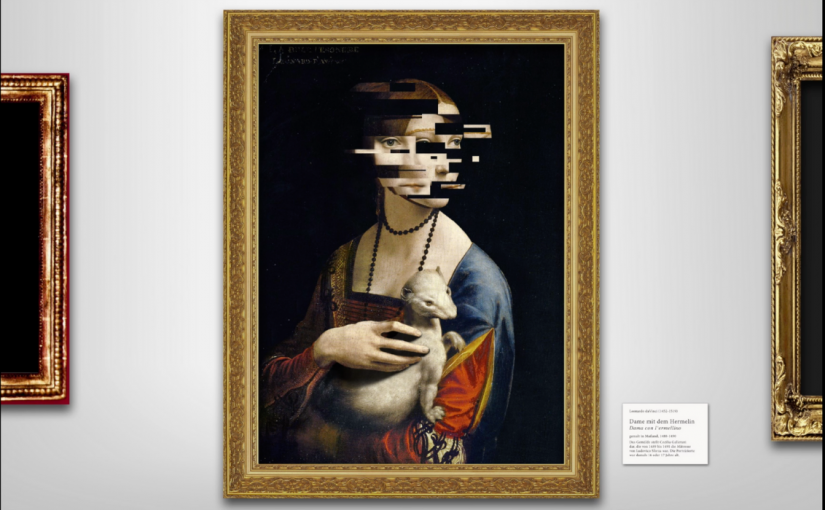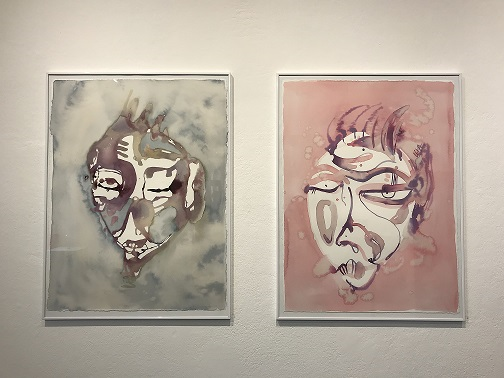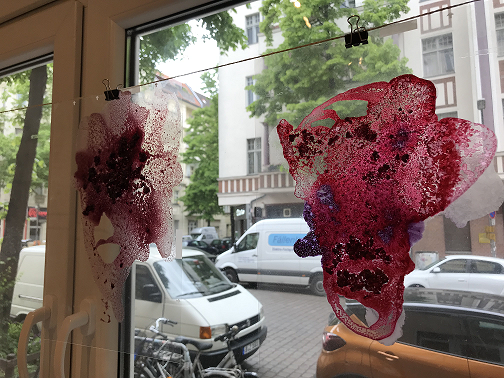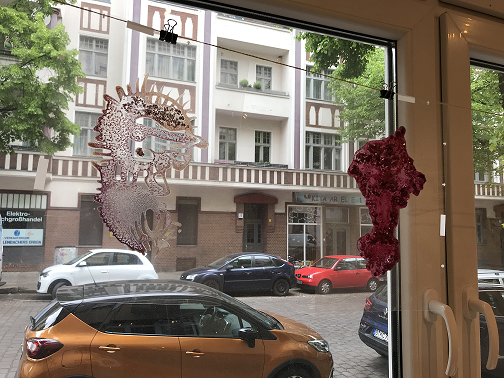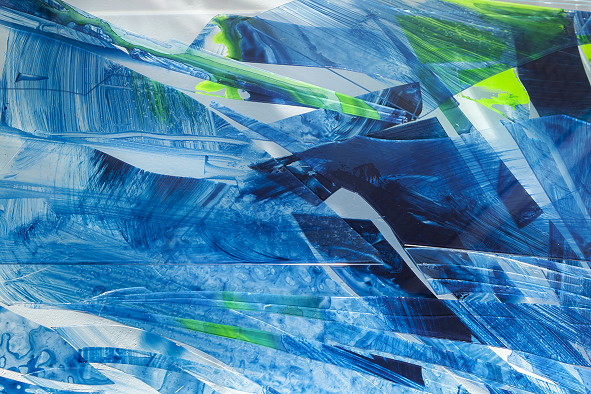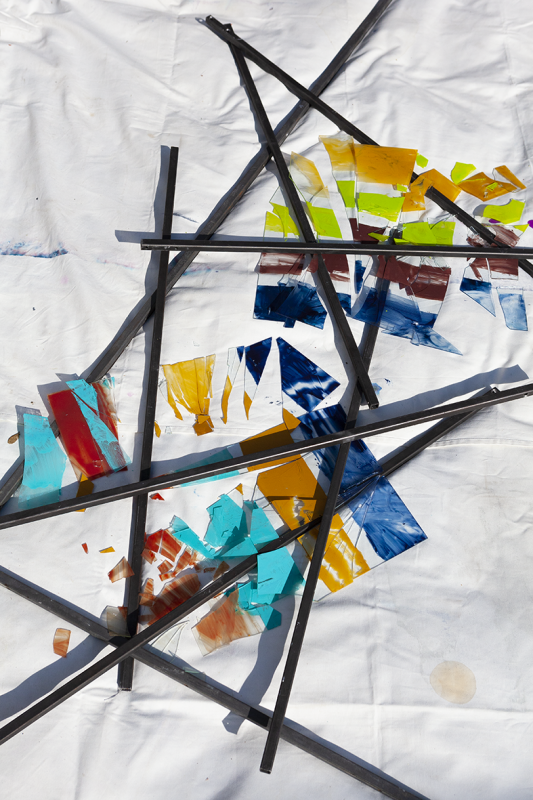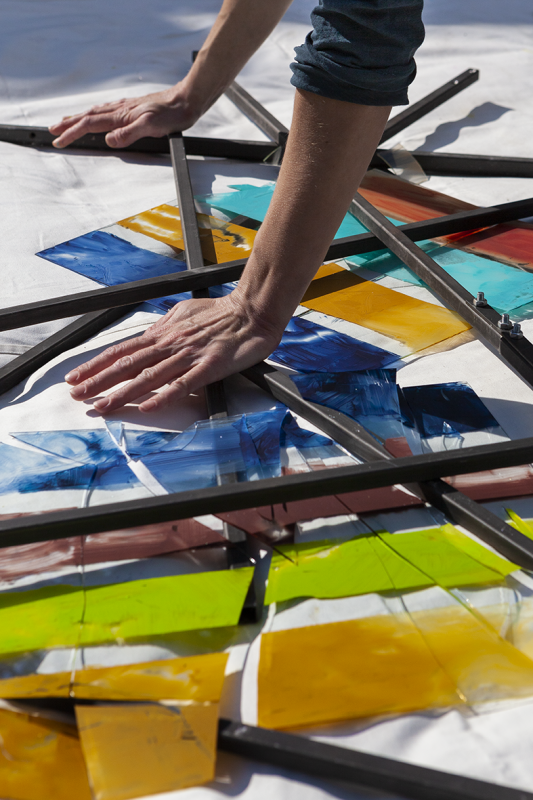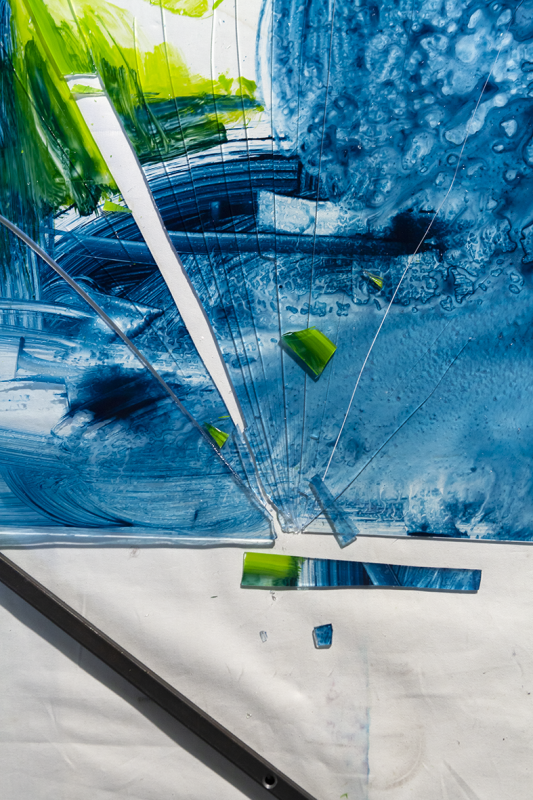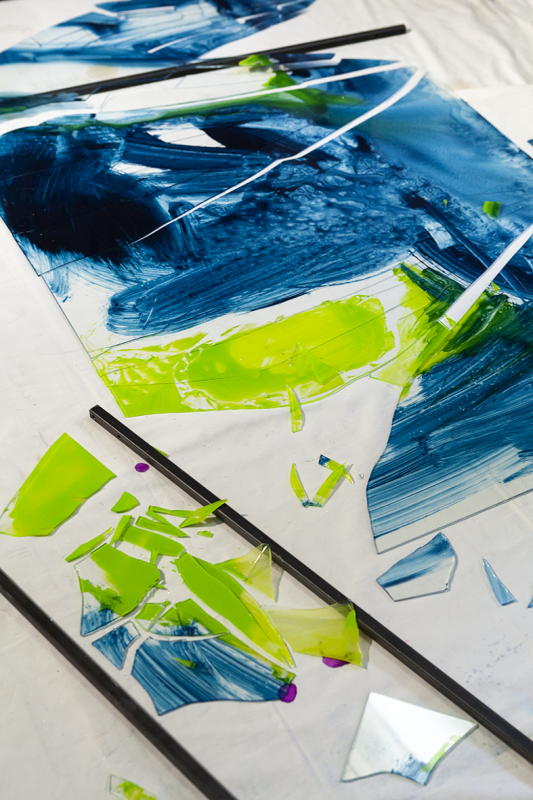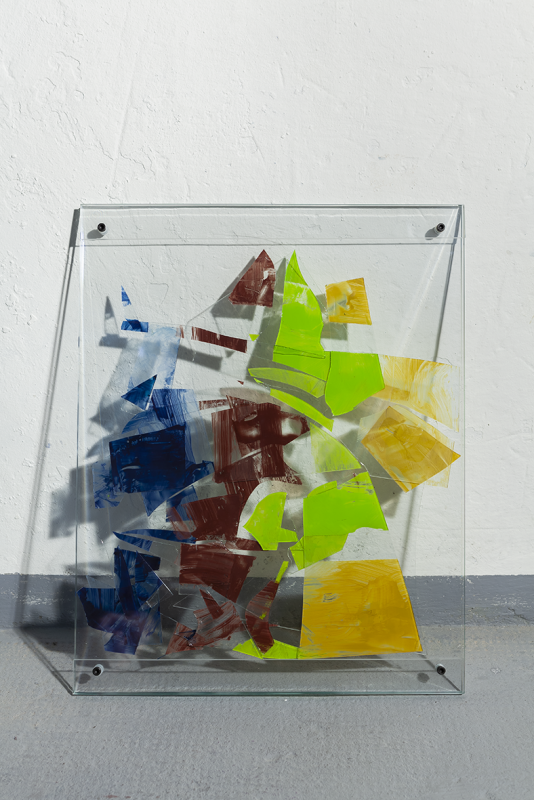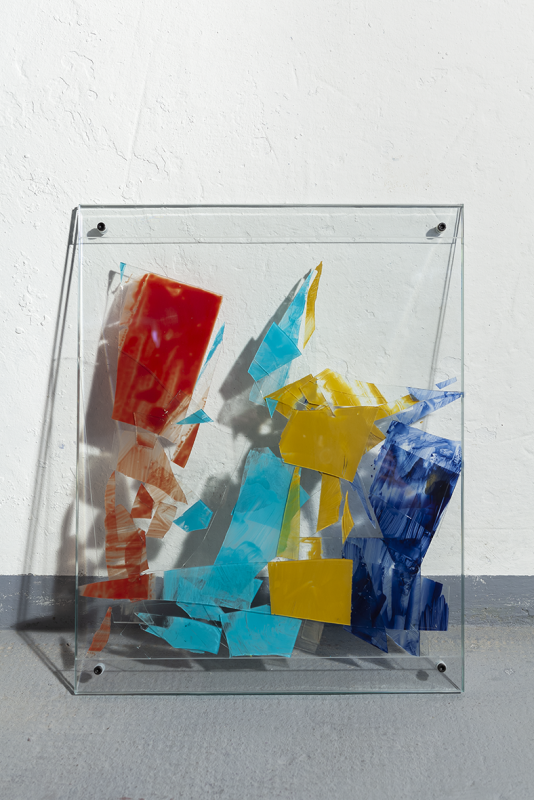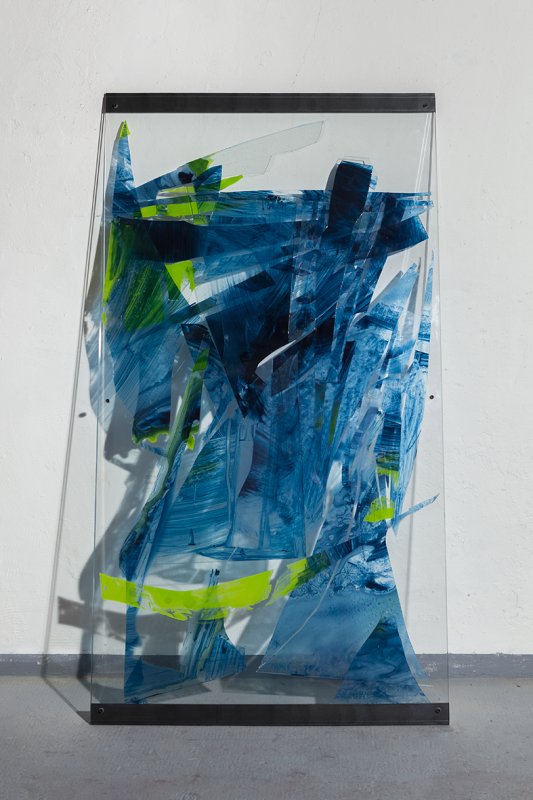“What is not critical thinking art, I call decoration” – Alfredo Jaar.
Every year Your Art Beat is looking for new artists to exhibit and sell their artworks at the YOUR ART BEAT Market. Today, we would like to introduce the new artists. The first artist will be Carla Marini, who applied and was selected for the Your Art Beat Market with her project “Ephemeral women”. Carla Marini was born in the Chilean desert. She became interested in creative work from a young age, attending workshops and everything that was related to this somehow. She moved to Barcelona in 2016 for her master’s degree in illustration. In the interview, she talks about her career as a professional artist and introduces us to her project “Ephermal women” more in detail. Carla Marini describes her own art as: feminist, expressive and colorful. With her art she wants to represent women, put them in the center of attention and thus give them more visibility, “on their full complexity, focusing on the oppression of woman in patriarchy”, Carla writes. Furthermore, her work deals with sexism and the feminicide. Important and exciting topics that her art is intended to raise attention to. Art is for Carla “[…] two main things. It’s version B of the history – the most critical, sensitive and honest narrative of it. On the other hand, for me, it’s a fight. I really believe in the political sense of art.” Nor is she critical of digital art. In her opinion, digital art can be used to create something truly new and unseen. Carla defines culture “[…] as a bunch of human expressions. It can be folklore, crafts, even street food. It’s everything happening in a specific place and time so it’s kind of a collective soul of a region. I come from a very particular region of Chile, where there is a very unique Carnival full of color, dance, and music that is really felt in society and is a sign of resistance to colonialism. I have something of it inside of me and all of this gets expressed in my art as part of my cultural identity.” So, please welcome Carla Marini to the Your Art Beat Blog! Check out the whole interview right now. Enjoy.
1. Introduce yourself and also the project, with which you had applied to YourArtBeat: “Ephemeral women”
I was born in the Chilean desert, and I inherit the love for the carnival of the North. My art comes from this imaginary, from the colors, to my interest in multiculturalism and feminism.
Since I was little, I have been attracted to art, and I was always in a constant back and forth between the visual and performing arts, so I was always taking in workshops on everything related to that…it was obvious that I would finally study art at university. I studied performing arts, after a while, I started worked on visual poetry and performance… In 2016 I moved to Barcelona -the city where I am currently based- to study a Masters’s degree in Illustration…
Conceptually my research has always been around identity, thinking in the concept of otherness, in many ways, because I want to bring forward elements of it that historically have not been appreciated.
My work lately has been a journey between abstract and figurative portraits of women, it is a kind of metaphor for the disappearance of women in the patriarchy…in every possible way. From the symbolic to the literal, the extreme expression of sexism…the feminicide.
Also it is a personal reflection of my knowledge of feminism regarding the deconstructions you must make in order to be coherent.
2. Where do your ideas come from?
The core idea comes from social injustice, political issues, and whatever happens around that triggers something uncomfortable inside me.
Besides, living in Barcelona is a deep dive into different cultural expressions…It could be a photography exhibition, a lights festival or a concert…anything that nourishes your brain. Definitely being in a place full not only of art, but also full of cultural diversity and life is a shot of bubbling energy.
3. What inspired you especially for the project “Ephemeral women”?
Initially, the project was something related to the concept of ephemeral forms that disappear and get visually destroyed. It started as an investigation of what deconstructions of the portrait of a woman means and it was very visceral.
Working on that I realised that I was speaking about the literal disappearance of women due to feminicide.
In the process of developing the series I have been doing a thorough research about other topics regarding feminism, such as the beauty myth, gender roles, sexual violence,etc.
One of the main focuses of the series has been the double oppression of racialized women in society, which was inspired by a reading “Women, race and class” by Angela Davis.
4. How do you work on your creative (creation) processes?
I usually start with a very precise idea in my mind, a clear defined image and then I start exploring the technique. Only a few times I prepare a sketch because the process for me is getting the image as tangible and accurate as possible.
I also like to surprise myself during the process and let the mistakes take place as mistakes are really where you learn from the most.
I’m really obsessed with the initial image and in the last project, for example, I wanted to mix abstract and realism, using collage technique and acrylic. Therefore, this serie immediately developed in a very natural and organic way.
5. What advantages do you personally see in digital art?
Digital art allows us to create something really new and unseen nowadays as many expressions of arts have been explored already. Therefore, as technology advances, the more digital artists can embrace them and get new possibilities out of them. I can say -thinking is everything done- the digital artist has a potential in her hands that analogic artists usually don`t have.
6. What do you want to express with your art, or does it change with each project? Or, for example, is there always a consistent main element/theme?
I’ve always represented mostly women in my artworks. At the beginning of my career, I started drawing portraits and then I touched topics around racial hierarchy and migration, ending up with the representation of women only. As much as I got deeper in women issues and the power of patriarchy I started focusing on women’s portraits as this moves me. In any case it has always been about identity and the concept of “otherness”. I finally committed myself to feminine portraits and feminism and I decided to portrait only women as historically, they have been represented as muses and beauty objects. I want to put them in the centre, giving them visibility on their full complexity, focusing on the oppression of women in patriarchy.
7. What does “art” in general mean to you?
Art for me is two main things. It’s version B of the history – the most critical, sensitive and honest narrative of it. On the other hand, for me, it’s a fight. I really believe in the political sense of art. Call me naíf or call me pretentious, but I really believe if I can touch and “crack” someone in any way I’m on the right path. It is a giant dichotomy and that on the one hand I believe that there is nothing to do and nothing will chancge, and on the other hand I hace the impertinent need to try again and again to change something, no matter how small, that generates a minimun movement in some place… Like Gramsci said: “Pessimism of Intelligence, optimism of will”.
8. What does “culture” mean to you?
Culture is a bunch of human expressions. It can be folklore, crafts, even street food. It’s everything happening in a specific place and time so it’s kind of a collective soul of a region. I come from a very particular region of Chile, where there is a very unique Carnival full of colour, dance and music that is really felt in society and is a sign of resistance to colonialism. I have something of it inside of me and all this gets expressed in my art as part of my cultural identity.
Not sure what Your Art Beat Market is exactly? YOURARTBEAT Market is a digital marketplace dedicated exclusively to art trading, interactions and transactions between buyers and sellers. YOURARTBEAT intentionally opens the market to newer and unconventional visuals and digital art.
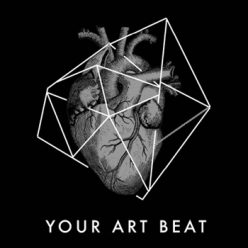
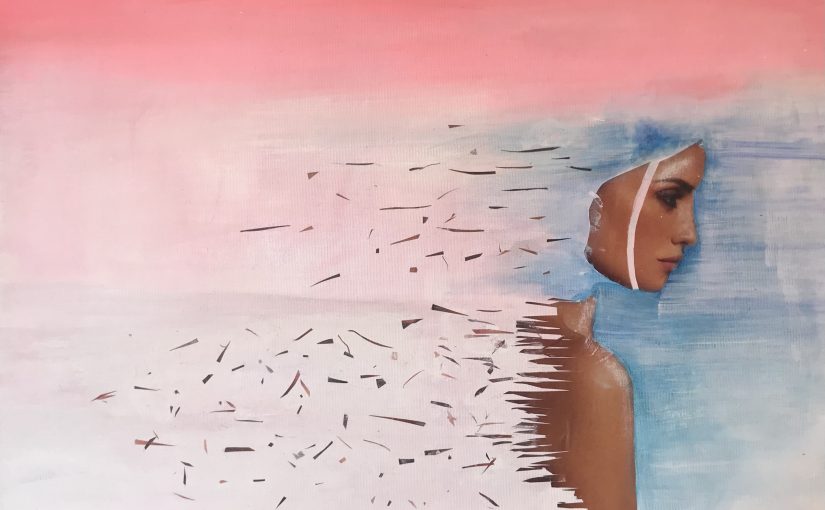
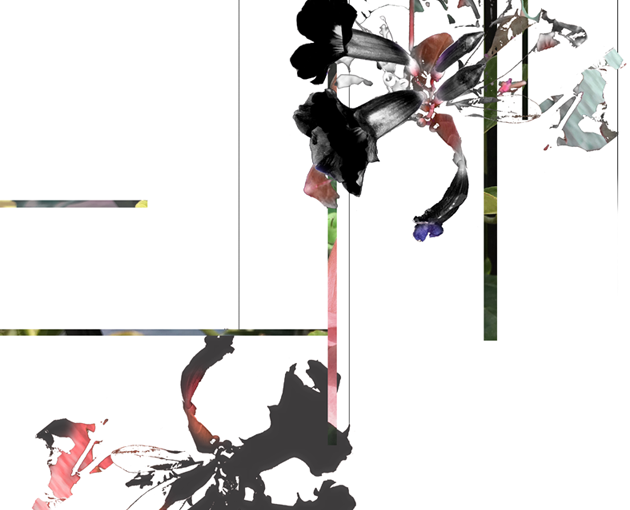
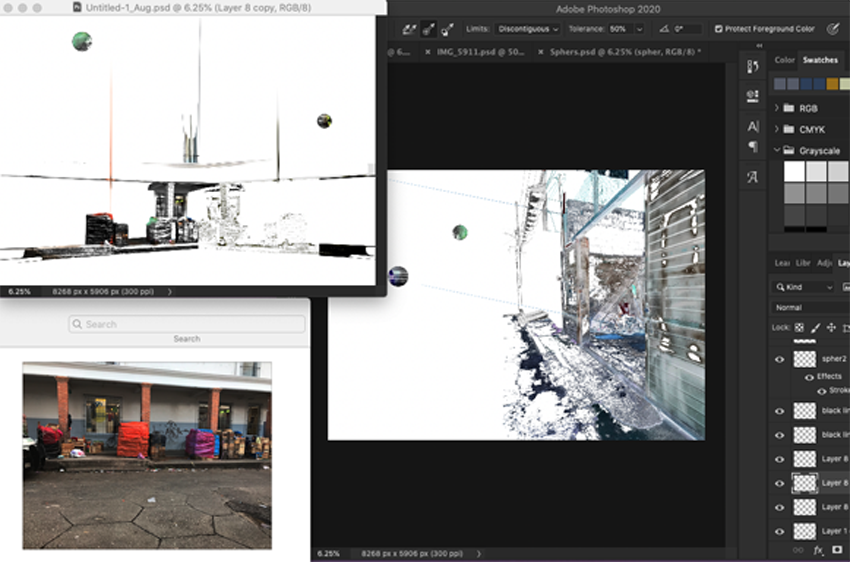
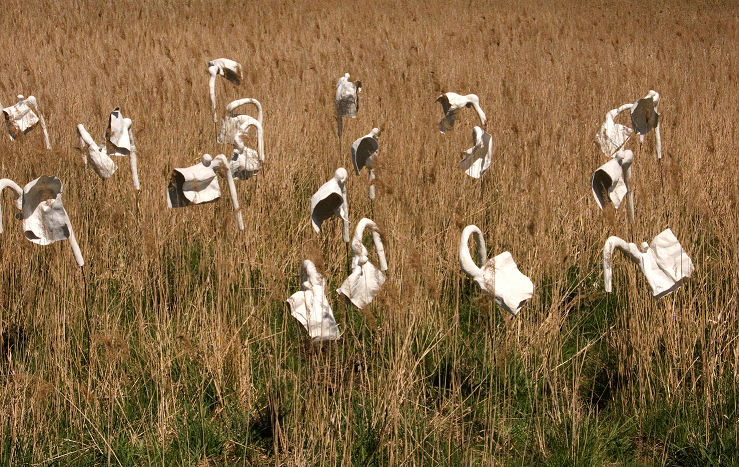
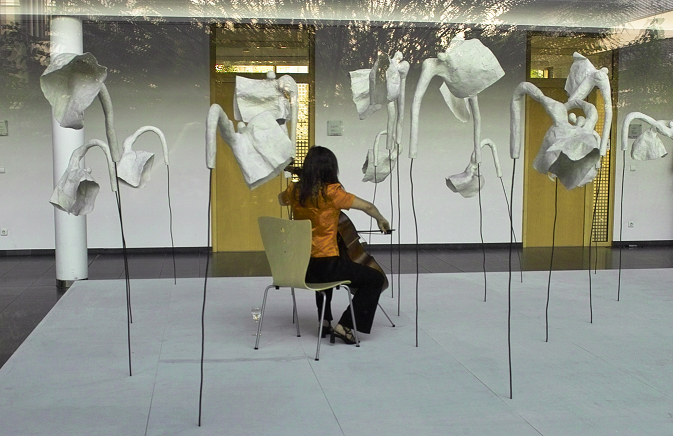
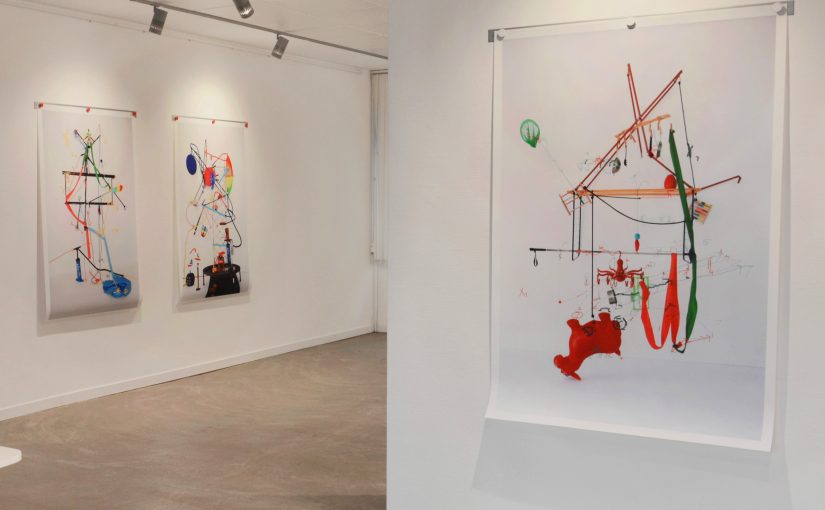
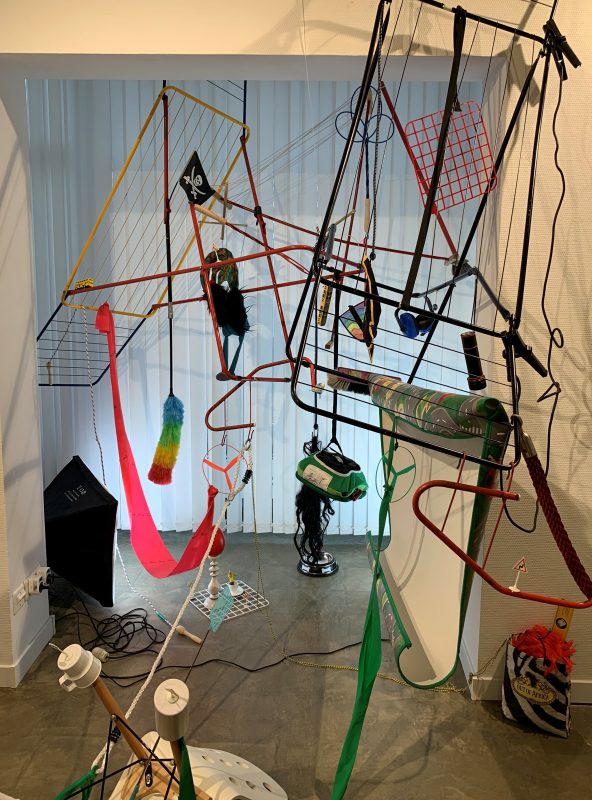 Susanne Britz has focused on photographs, pigment prints, and installations of everyday objects. The working process behind these works is exciting and is based on each other, so Susanne Britz runs through different phases during her creative process: it probably starts with an idea, then a spatial installation follows. Here she uses everyday objects from the household, sports equipment, tools from the studio or children’s toys. Once the installation is finished, she takes a photo of this work. Afterward, the photo gets digitally overdrawn.
Susanne Britz has focused on photographs, pigment prints, and installations of everyday objects. The working process behind these works is exciting and is based on each other, so Susanne Britz runs through different phases during her creative process: it probably starts with an idea, then a spatial installation follows. Here she uses everyday objects from the household, sports equipment, tools from the studio or children’s toys. Once the installation is finished, she takes a photo of this work. Afterward, the photo gets digitally overdrawn.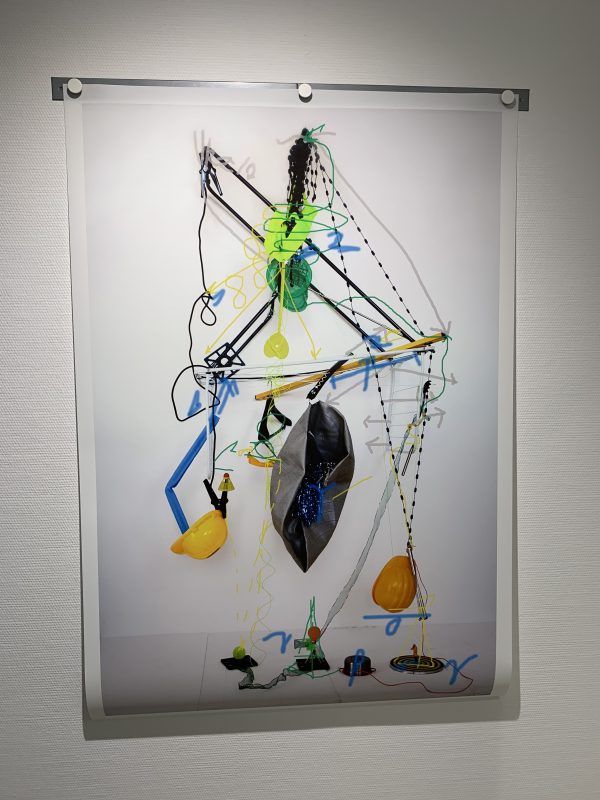 I like the strong colors and the general idea behind this artwork. It’ s funny to see all the things and to realize what you can do with everyday objects.
I like the strong colors and the general idea behind this artwork. It’ s funny to see all the things and to realize what you can do with everyday objects.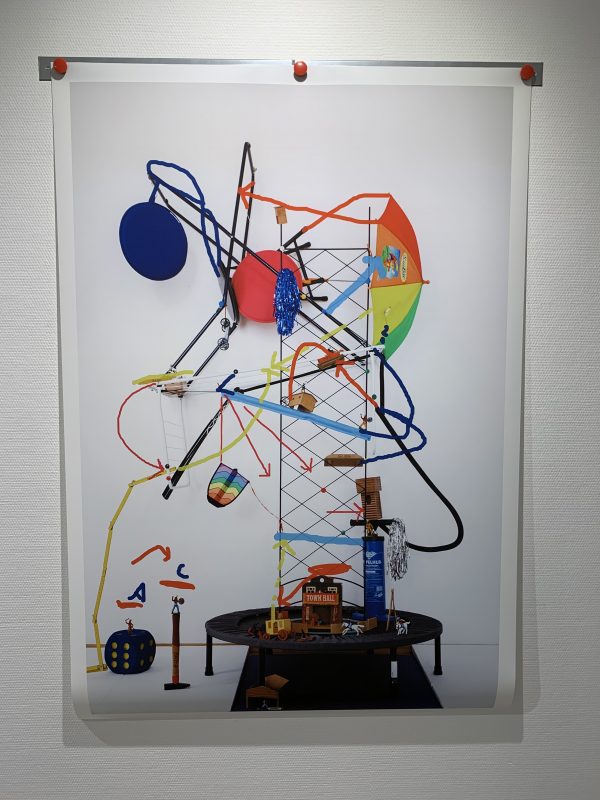 #stayhome
#stayhome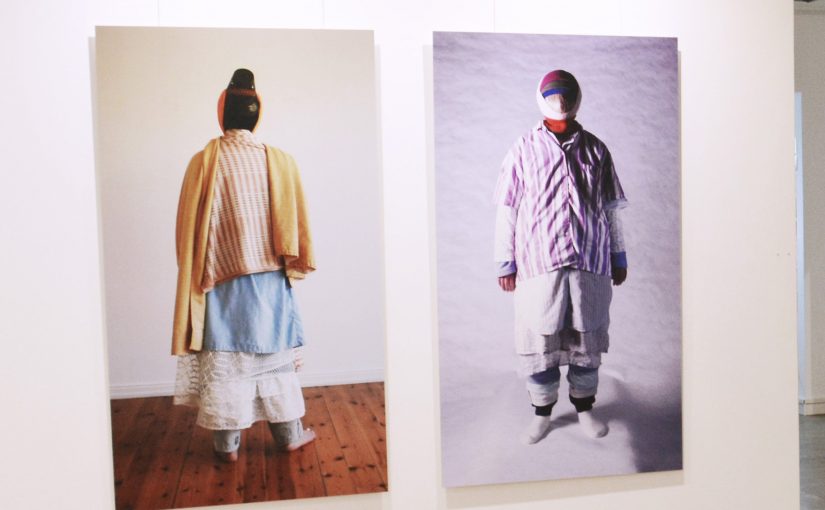
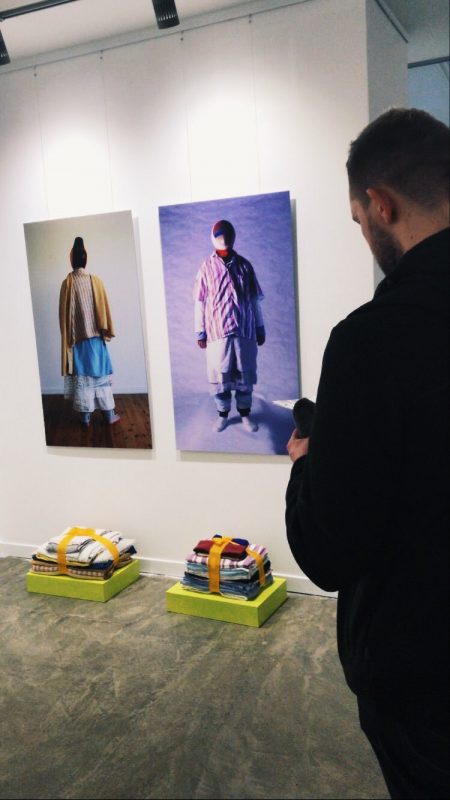 What do I see immediately? Two people wearing different textiles and always several of them. The textiles look like old towels, shirts, tablecloths or window curtains. In both pictures, the faces are covered. In my opinion, this gives the photographs anonymity and something mysterious.
What do I see immediately? Two people wearing different textiles and always several of them. The textiles look like old towels, shirts, tablecloths or window curtains. In both pictures, the faces are covered. In my opinion, this gives the photographs anonymity and something mysterious.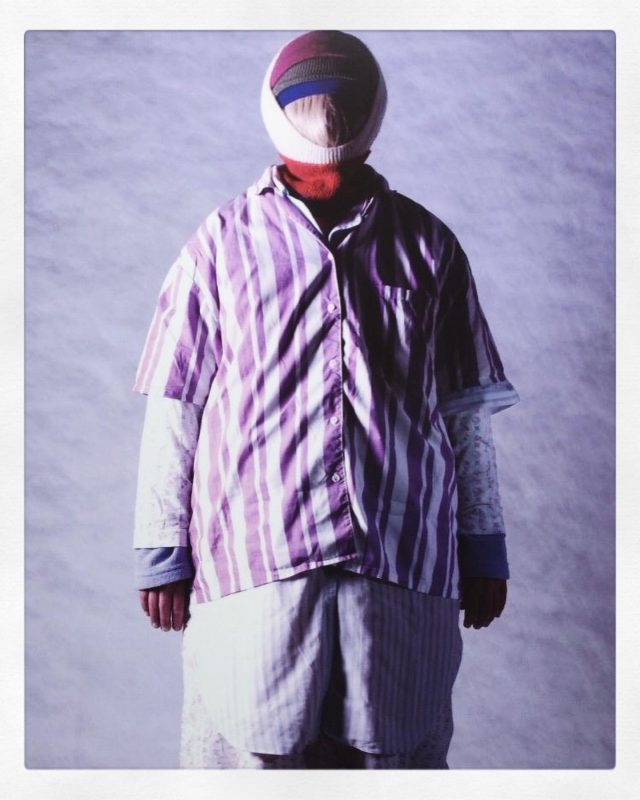 I take a look at the titles of the photographs. They are called “Strangers 1” and “Strangers 2”. The exhibition has the title “transformer” and the gallery manager Eva Hübner tells me that the textiles are garments. Clothes that were once worn by the artist’s mother and grandmother. Several generations are thus connected, quite inconspicuously. Thus the photos express the following for me: Even if some of them are no longer with us, we still carry them with us throughout our lives. They are a part of us.
I take a look at the titles of the photographs. They are called “Strangers 1” and “Strangers 2”. The exhibition has the title “transformer” and the gallery manager Eva Hübner tells me that the textiles are garments. Clothes that were once worn by the artist’s mother and grandmother. Several generations are thus connected, quite inconspicuously. Thus the photos express the following for me: Even if some of them are no longer with us, we still carry them with us throughout our lives. They are a part of us.
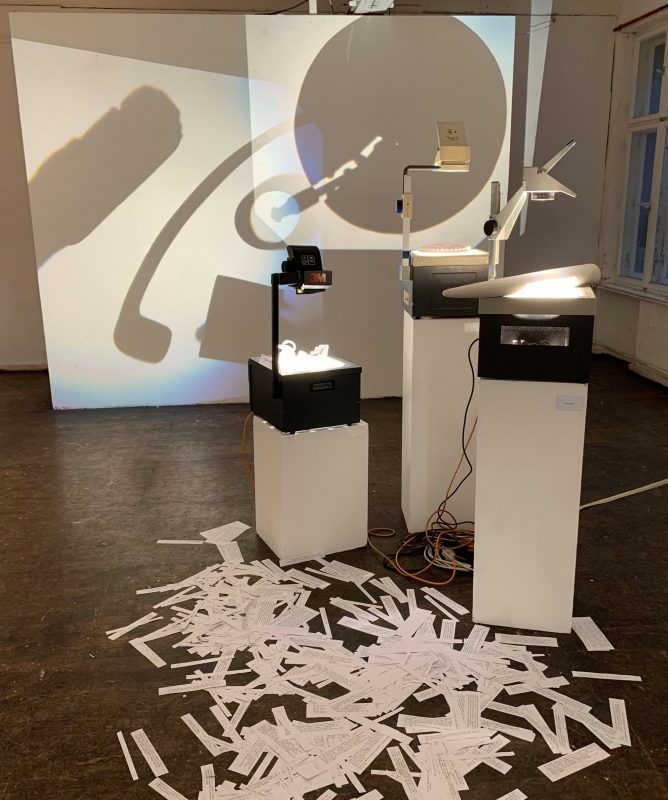 I’m in the house Schwarzenberg visiting the Neurotitan Gallery. First of all, I walk through the first large room to get into another, a little smaller one. In front of me, there are three overhead projectors. On top of them, white objects that at this point I can’t quite make out yet. I walk closer to the installation. Many small pieces of paper are spread on the floor. I stand directly in front of them and realize that different sentences are written on them. Questions, answers, quotations – it reminds me of a dialogue.
I’m in the house Schwarzenberg visiting the Neurotitan Gallery. First of all, I walk through the first large room to get into another, a little smaller one. In front of me, there are three overhead projectors. On top of them, white objects that at this point I can’t quite make out yet. I walk closer to the installation. Many small pieces of paper are spread on the floor. I stand directly in front of them and realize that different sentences are written on them. Questions, answers, quotations – it reminds me of a dialogue.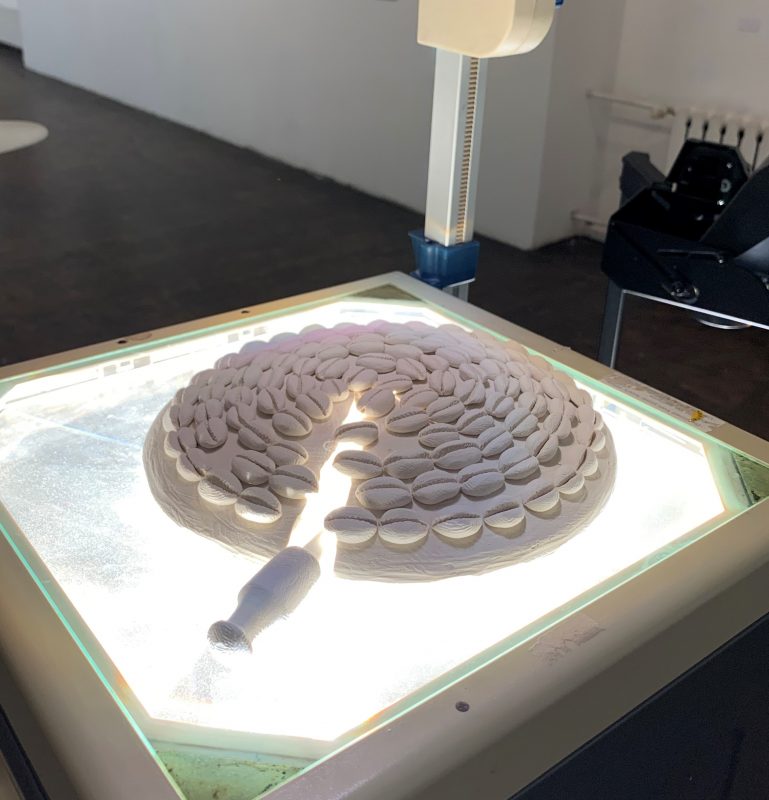
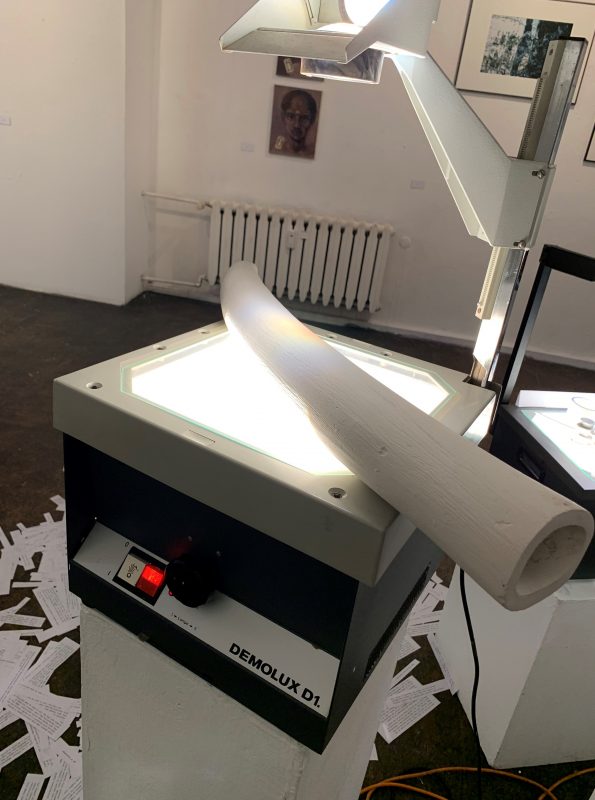 In the performance, the objects are also meant to become actors, a game with perspectives takes place: am I looking at the objects? Are the objects looking at me? Since overhead projectors were used in the Neurotitan Gallery for the first time (normally the objects were always at the eye level of the viewer), I have the feeling of “looking down from above” – which makes me feel more superior.
In the performance, the objects are also meant to become actors, a game with perspectives takes place: am I looking at the objects? Are the objects looking at me? Since overhead projectors were used in the Neurotitan Gallery for the first time (normally the objects were always at the eye level of the viewer), I have the feeling of “looking down from above” – which makes me feel more superior.